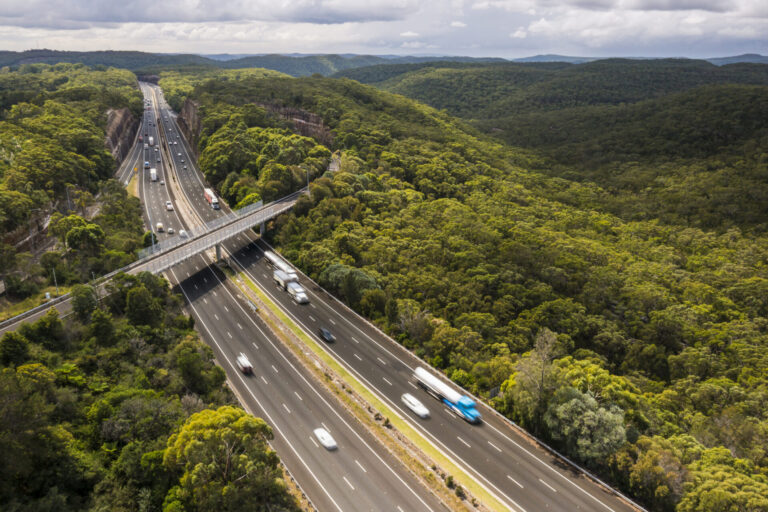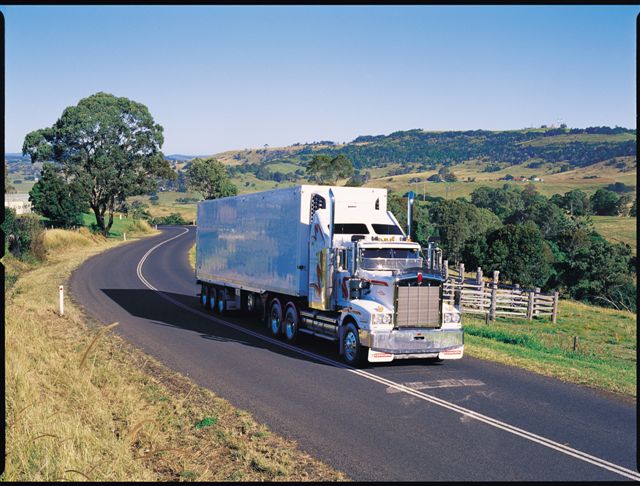A big part of how member associations and industry bodies work with policy makers occurs well away from plain sight.
It’s nothing to do with secrecy and more about the process not being worthy of headlines.
After all, advocating on behalf of members is what associations do, and most owner-drivers have enough on their plates just keeping their business head above water from day to day.
But contributing to policy is important work and I thought I’d spend a little time explaining it.
One of the best examples is a review of the National Freight and Supply Chain Strategy.
The Strategy is a high-level plan for managing all the moving parts that allow our industry to successfully deliver on our freight task.
Everybody needs a plan, right?
It was American founding father Benjamin Franklin who said: “If You Fail to Plan, You Are Planning to Fail”.
And who could argue with a man whose c.v. had him listed as a writer, scientist, inventor, statesman, diplomat, printer, publisher, and political philosopher?
The imperative for a national strategy is that Australia’s total domestic freight task is projected to grow by 26 percent by 2050.
Road transport will face plenty of challenges to meet demand.
The 2019 Freight and Supply Chain Strategy is a road map (pun intended) for the States and Territories to follow so that we all (that’s road transport, rail, air cargo and coastal shipping) can do our jobs.
It was the first strategy of its kind and its review is a year ahead of schedule.
It came with a National Action Plan, which outlined the practical things that need to occur.
Or if you prefer the bureaucratic version, it’s how the various Australian governments “seek to operationalise the more aspirational goals contained in the Strategy”.
The Action Plan had four big things it needed to do.
They were bringing about smarter and targeted infrastructure investment, enabling improved supply chain efficiency, producing better planning, coordination and regulation, and delivering better freight location and performance data.
How well it delivered on each of those, I’ll leave to another day, but I think it’s fair to say that industry consensus would be that, as a nation, we can do a whole lot better.
The complexity of the policy process means that the strategy is dependent on other reforms to achieve its goals, such as reforming the Heavy Vehicle National Law or making improvements to how road funding is allocated.
For example, even allowing for the disruptions of COVID-19 and its flow-on effects, we have an ongoing critical skills shortage that pre-dates the pandemic.
We have countless freight routes where efficiency is constrained by creeping changes of land use, or a failure to preserve corridors.
According to its terms of reference, the review of the Supply Chain Strategy will focus on assessing if it has any gaps and if it remains relevant.
It will see what we’ve learned from recent challenges and set out priorities for the next five years.
And it will look at proposals to establish a small number of “national, data-driven and high impact national key performance indicators”.
That last point is critical with the Heavy Vehicle National Law review proposal to fast track a national freight access map and online access approval system.
There are pressing reasons for making our supply chains stronger.
You only have to look at the soaring increases to the cost of container shipping which rose almost sixfold in 13 months between 2020-21 to know that taking out costs has to be a priority.
We all hope an event like a pandemic or a regional war doesn’t occur in the foreseeable future but these are possibilities that policy-makers need to plan for.
Needless to say, decarbonisation will be a massive challenge.
NatRoad will be among many organisations doing some hard thinking before the review closes in late September – so you don’t have to. We will be involving our Members in that process.
But if you’re feeling strongly enough about an issue and want to contribute directly, you can do so here.



